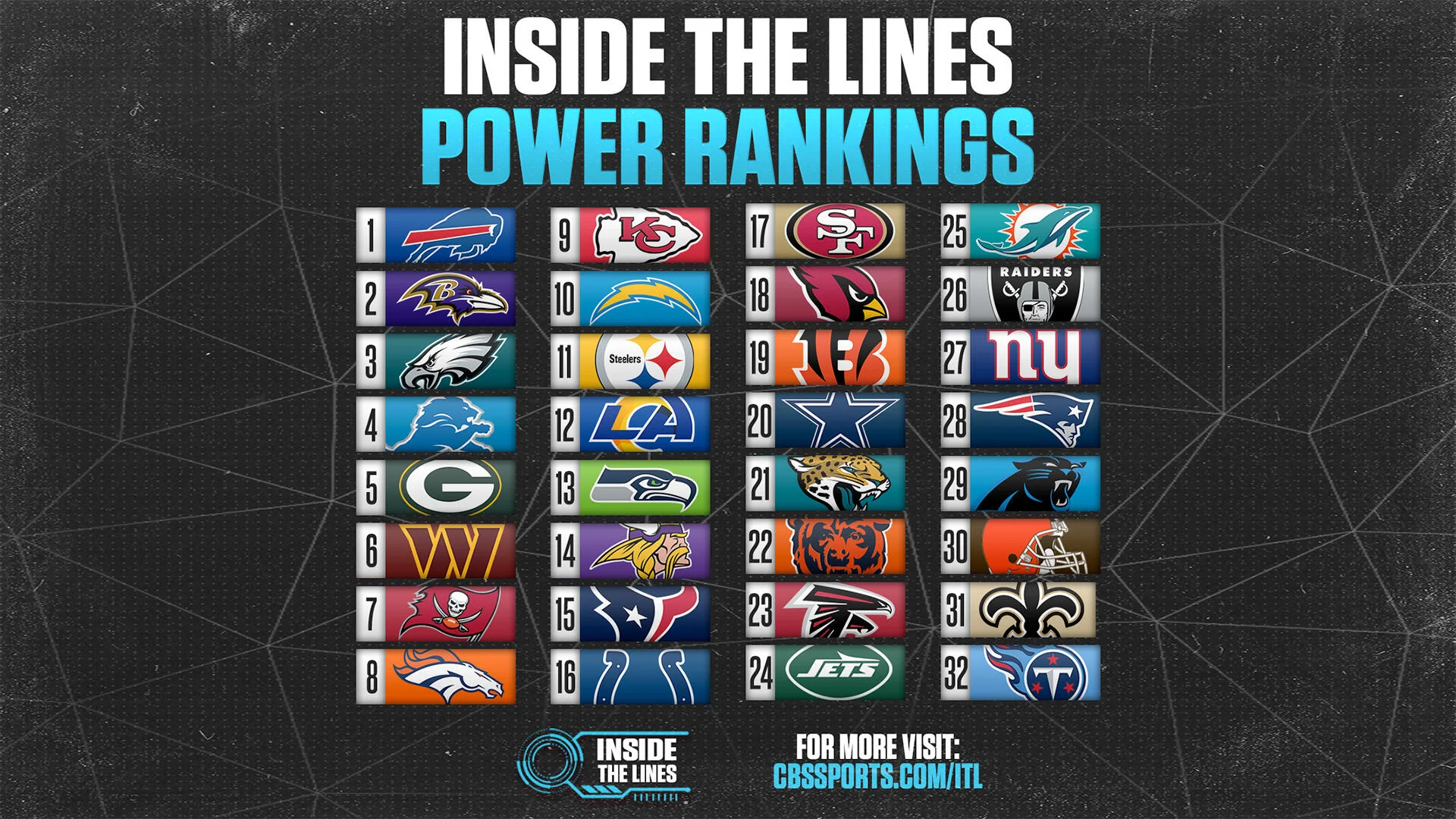
In the fast-paced world of sports, data is everything. From advanced analytics and win probabilities to betting lines and point spreads, numbers tell stories — and perhaps nowhere is this more evident than in weekly power rankings. These lists, often updated by analysts and major sports networks, are designed to show which teams are performing at the highest level and which ones are trending downward. But for bettors, power rankings are more than just conversation starters; they’re powerful tools that can influence strategies, shape wagers, and reveal hidden opportunities.
Understanding how to interpret these rankings — and how to balance them against other factors — can make the difference between a casual bet and a calculated, informed play.
Power Rankings: More Than Just a Popularity Contest
At first glance, weekly power rankings might seem like subjective assessments. They’re often based on recent performance, strength of schedule, injuries, and even a little bit of analyst bias. But beneath the surface, they serve a deeper purpose for sports bettors: they provide a quick snapshot of the competitive landscape.
Take the NFL, for instance. A team sitting at the top of the power rankings usually has momentum, strong stats, and a favorable record — but that doesn’t necessarily mean they’re a good bet. In fact, top-ranked teams are often overvalued by the public, which leads to inflated betting lines. Meanwhile, a team ranked in the middle of the pack but improving week over week might offer far more value.
Power rankings can also help bettors identify patterns. If a team has been climbing steadily despite facing tough opponents, it suggests resilience and depth — qualities that matter when making wagers later in the season. Conversely, a team dropping fast might signal underlying problems, even if their record still looks solid. Recognizing these nuances can give bettors an edge that goes beyond raw stats or final scores.
Turning Rankings Into Betting Insights
So how do you translate power rankings into actionable betting strategies? It starts with context. A ranking by itself is just a number — the real value comes from understanding why a team is ranked where it is.
For example, consider a college football team that jumps five spots in a single week. That spike might be due to a dominant win against a weak opponent — or it could reflect genuine improvement in both offense and defense. The distinction is crucial. A sharp bettor might avoid betting on that team in the short term if the ranking is inflated by a soft schedule, but they might target them later if the performance is backed by strong metrics.
Another key factor is matchup dynamics. Power rankings can help you spot mismatches that the oddsmakers haven’t fully accounted for. A lower-ranked team might have specific strengths — like a run defense or red-zone efficiency — that match up well against a higher-ranked opponent’s weaknesses. These subtle details can swing a game and make underdog bets more attractive.
Finally, bettors should pay attention to ranking trends over time. A team that remains consistently near the top is often overvalued by sportsbooks, while one that’s steadily improving may still be under the radar. Tracking these shifts week by week can help you identify “buy low” and “sell high” opportunities in the betting market — much like investing in the stock market.
The Risk Factor: Balancing Data With Instinct
While power rankings are a valuable resource, they’re not a crystal ball. Upsets happen, and overreliance on rankings can lead to costly mistakes. Smart bettors know how to blend hard data with intuition, watching for factors that rankings can’t always capture — like locker room dynamics, coaching decisions, or weather conditions.
The most successful strategies combine rankings with a broader set of insights. Historical trends, injury reports, and matchup statistics should all play a role in shaping your wagers. Think of power rankings as the foundation of your analysis, not the final word.
And just as in sports, betting itself involves a level of risk — and sometimes, the greatest rewards come from bold, calculated decisions. Whether you’re wagering on an NFL underdog or exploring new frontiers like a bitcoin jackpot, the key is understanding that every risk carries both potential and peril. The more informed your decisions, the more control you have over the outcome.
Final Thoughts: Data-Driven Betting for the Win
Power rankings may have started as a simple way to debate which team is the best, but for bettors, they’re so much more. They reveal momentum, expose overvalued favorites, and uncover opportunities that might otherwise go unnoticed.
The art of sports betting isn’t about chasing sure things — it’s about identifying value, anticipating shifts, and managing risk. Weekly power lists can help you do exactly that, turning raw data into actionable intelligence. So the next time you scroll through the rankings before placing a bet, don’t just read them — analyze them. Because in a world where risk and reward go hand in hand, the smartest bets are the ones backed by insight.
Author Profile
Latest entries
 HockeyDecember 17, 2025Hometown Heroes Lead Vancouver Goldeneyes to Historic Victory Over Ottawa Charge
HockeyDecember 17, 2025Hometown Heroes Lead Vancouver Goldeneyes to Historic Victory Over Ottawa Charge SoccerDecember 16, 2025Golden Goal Glory: Harrison Bertos Lifts Washington to First NCAA Men’s Soccer Title
SoccerDecember 16, 2025Golden Goal Glory: Harrison Bertos Lifts Washington to First NCAA Men’s Soccer Title NFLDecember 16, 2025Freezing the Fish: Steelers Maintain Monday Night Magic, Eliminate Dolphins
NFLDecember 16, 2025Freezing the Fish: Steelers Maintain Monday Night Magic, Eliminate Dolphins NCAAFDecember 14, 2025Heartbreak in Baltimore: Navy Rallies to Edge Army 17-16 in Commander-in-Chief Thriller
NCAAFDecember 14, 2025Heartbreak in Baltimore: Navy Rallies to Edge Army 17-16 in Commander-in-Chief Thriller

 Steelersforever.org
Steelersforever.org





